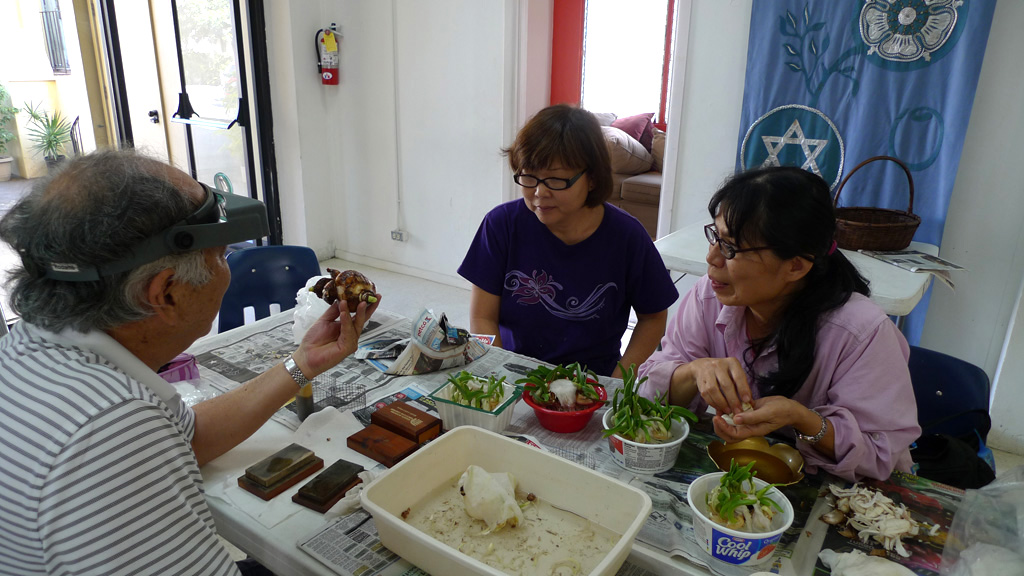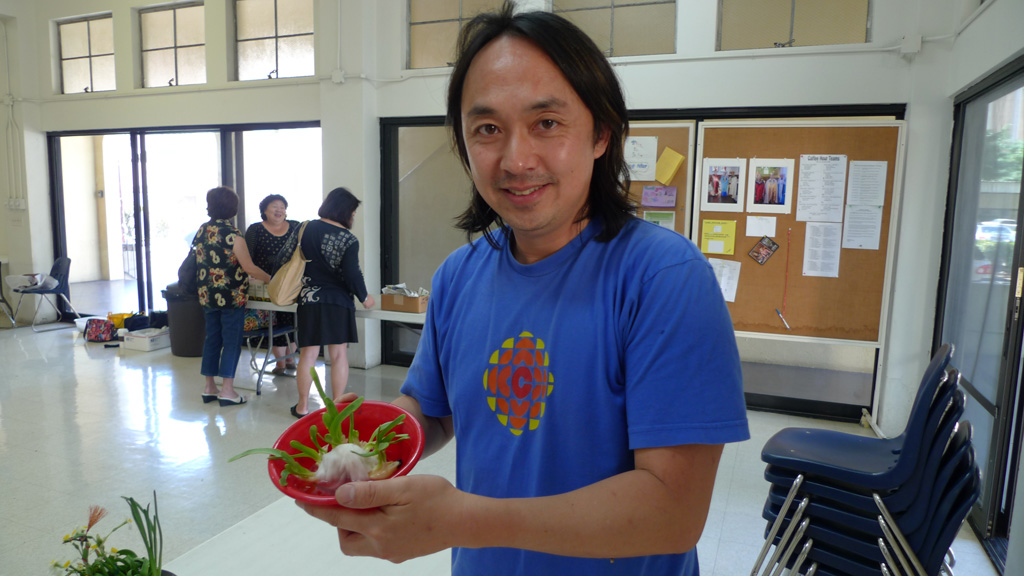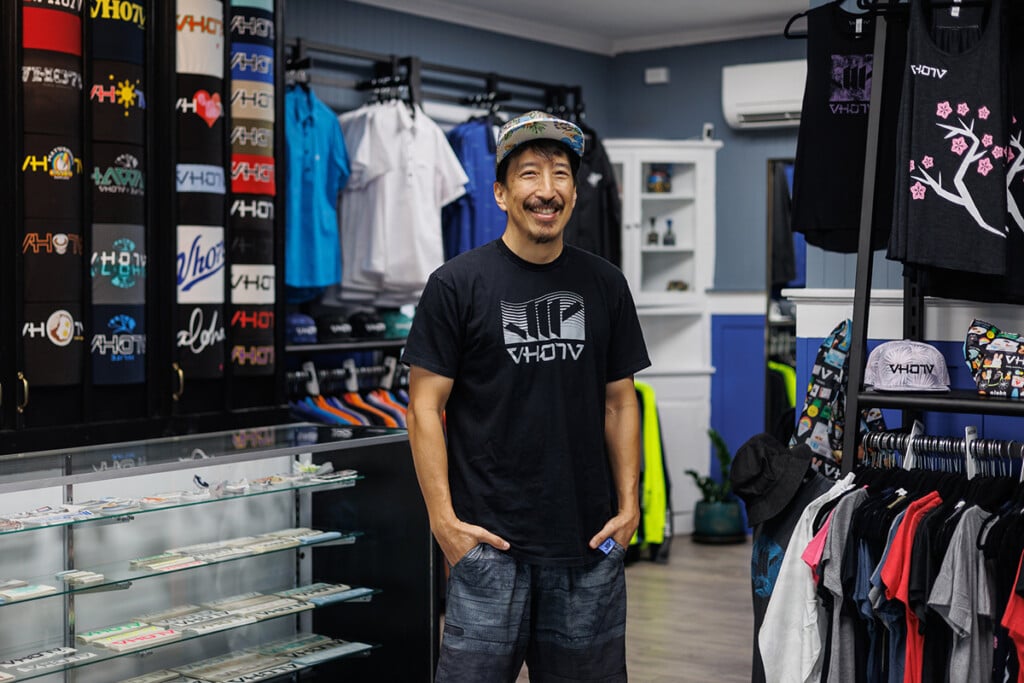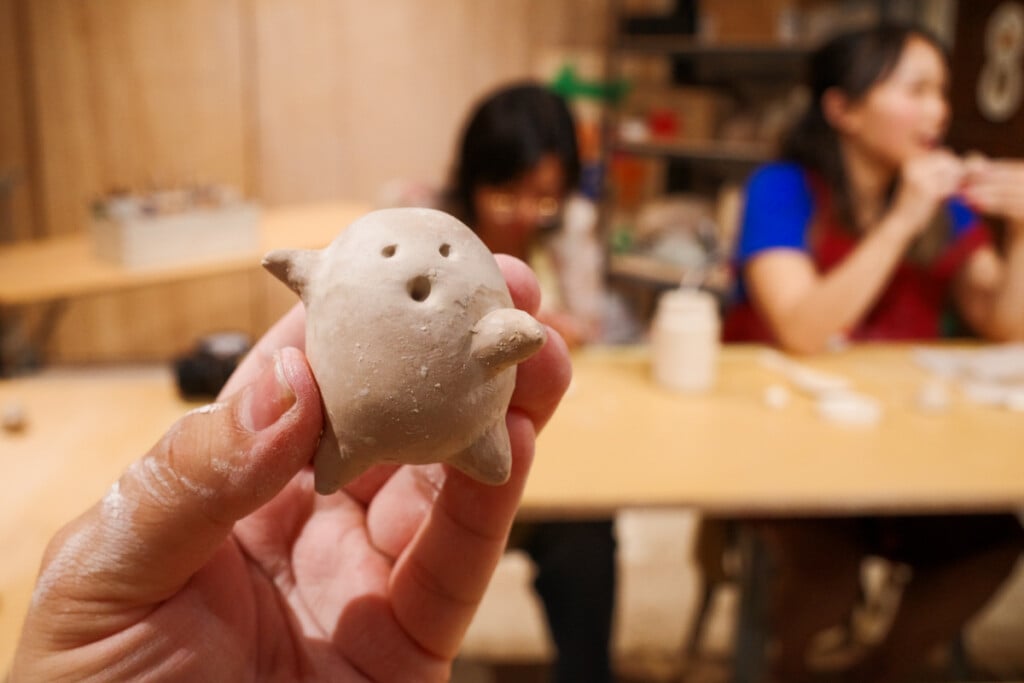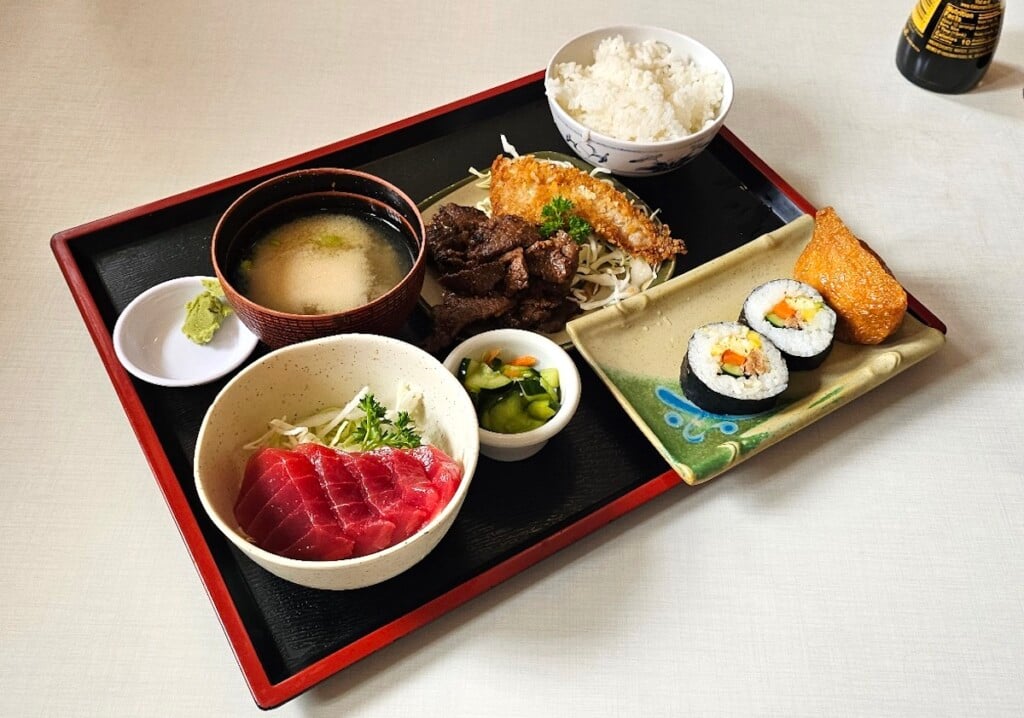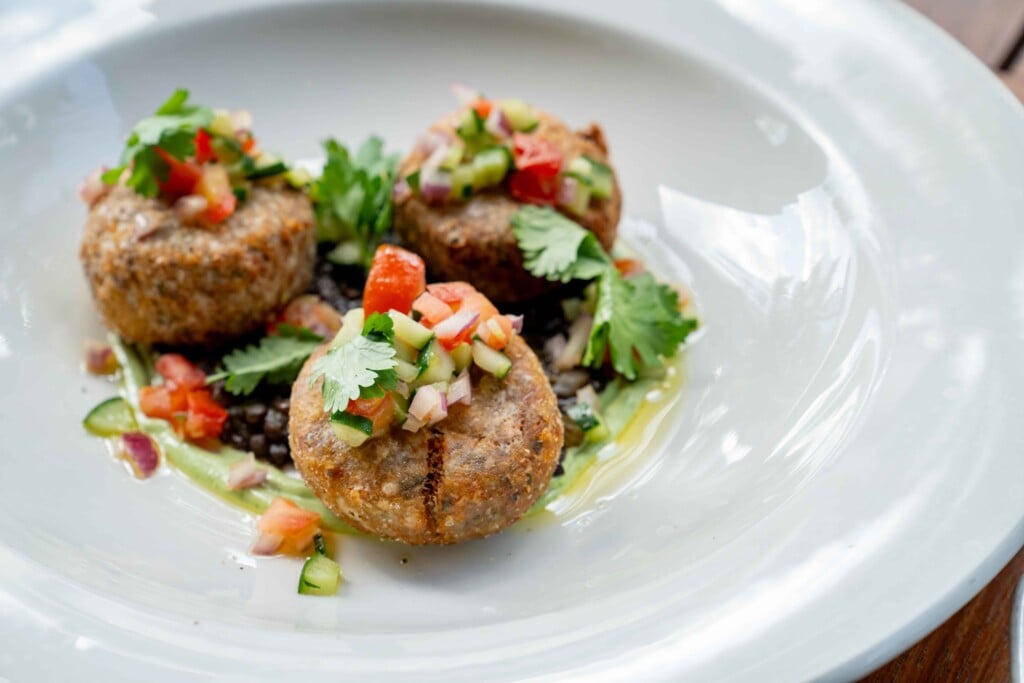Chinee like me: Narcissus for the new year
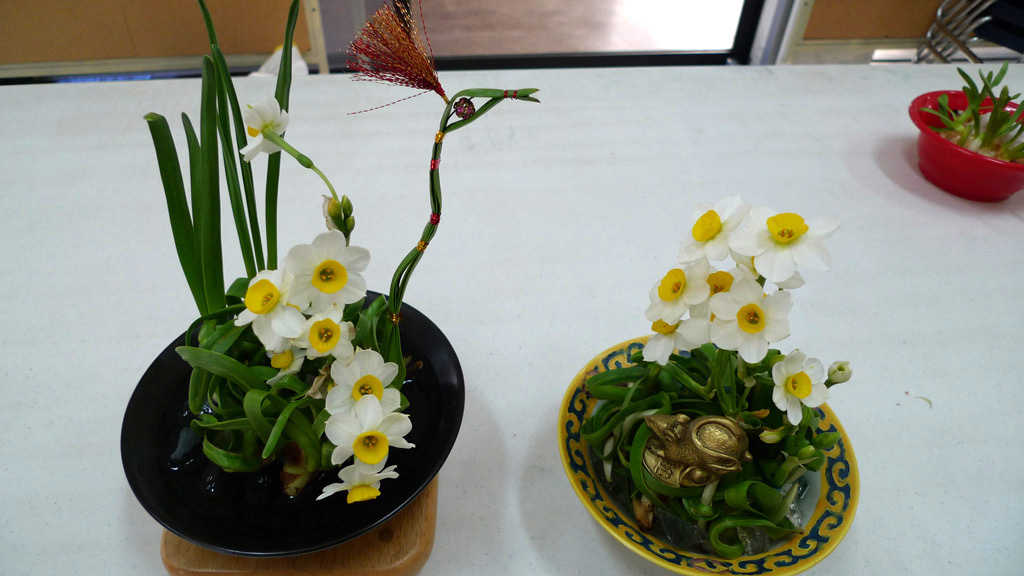
The Year of the Horse started on January 31, but traditionally, Chinese celebrate the new year for 14 days. The end of the lunar new year celebration is marked on the fifteenth day with a Lantern Festival. We don’t celebrate that part in a big way here in Hawaii, but you might want to hang some red lanterns out for yourself, anyway.
In the meantime, there will be celebrations around town from now until February 15 to continue the new year festivities: You can find special lion dances at the various shopping malls (like Pearlridge, heh heh), in Waikiki, and other events; Narcissus Queen appearances; and more.
One element of Chinese New Year that often is overlooked in Hawaii is the importance of the narcissus blossoms. Since they bloom early in the year, they have become a symbol of the lunar new year festivities; if the narcissus blooms during the Spring Festival, it is said, the flower will bring wealth and good fortune throughout the year. They are wonderful to have in the house because of their long blooming period and distinctively beautiful fragrance.
The funny thing is, narcissus plants are not native to China — they were brought in from the West more than 1,000 years ago. Since all narcissus species are rich in alkaloids, the bulbs may originally have been imported for medicinal rather than ornamental purposes.
At some point, a crafty Chinese horticulturalist figured out how to carve the bulbs so the leaves and flowers curl ornamentally instead of growing straight up, and the best carvers get them to grow into different sizes and shapes so the blooms look like sculptures. Aside from the fact that this looks pretty cool, it’s possible this turned into an art because the narcissus is said to “bestow the flowering of our hidden talents.” It is reputed to augment/symbolize the hard work put into careers, so this flower is an excellent gift for those who are seeking career advancement and luck.
According to Wayne Ng, one of the people who teaches narcissus carving, this is becoming a lost art. Since carving bulbs require a lot of time and patience, fewer young people are interested in learning it. You may have noticed there were few, if any, narcissus on display in Chinatown this year, as many of the old pros have retired from the craft.
Gilman Hu — also known as “Mr. Narcissus” — is one of those who has unofficially retired, but has passed on his knowledge of carving the bulbs to his students, who now teach classes each January. The classes run on Saturdays from 8:30 to 11:30 a.m. at St. Peter’s Episcopal Church (Parish Hall) for four weeks. It’s too late for you to take classes for this year, but watch this blog at the end of this year for 2015 classes. The class is for both beginners and advanced, and only takes a nominal fee for supplies. For more information on classes, you can email Wayne Ng at Narcissus747@gmail.com.
To see how this year’s class did, you can check out a free public display at St. Peter’s this Saturday, February 8, from 10 a.m. to 2 p.m., and Sunday, February 9, from noon to 3 p.m. Parking is free. I don’t know if any of the displays will be for sale, but you can check it out and ask!
Happy new year!
St. Peter’s Episcopal Church
1317 Queen Emma St. (across Central Middle School)

